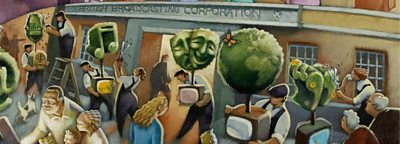began with the first broadcast from 2BE – the call sign allotted to the Belfast station of the British Broadcasting Company – on 15 September, 1924.
The first voice to be heard on the airwaves was that of Tyrone Guthrie, whose contribution to the ���˿��� in Northern Ireland is marked by a plaque close to the former site of 2BE in Linenhall Street in Belfast. The station’s programming was limited and had a relatively small audience.
2BE became part of the newly established British Broadcasting Corporation in 1927 and its services continued to grow. This year also saw the station's first outside broadcast from the Ulster Grand Prix motorcycle races and the start of ���˿��� support for charitable appeals – both of which continue today.
The ���˿���'s studios in Linenhall Street were progressively enhanced and regional programming got properly underway with the opening of a new transmitter at Lisnagarvey in 1936. It brought ���˿��� radio services to audiences across Northern Ireland for the first time and was accompanied by a specially commissioned series of programmes and features.
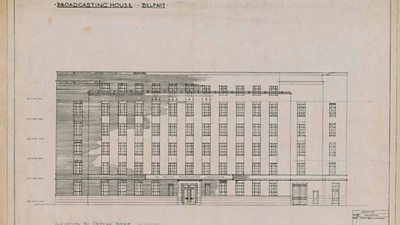
By the mid-1930s the limitations of the ���˿���'s studios at Linenhall Street had become apparent, and preparations began to create a new home for local broadcasting in Northern Ireland. James Miller, a Scottish architect, was asked to undertake the building's design. Newspaper speculation about the ���˿���'s plans was intense.
By mid-1937 it had been confirmed that the ���˿��� had acquired a city centre site and that it intended construct a 'Broadcasting House' in its main characteristics similar to the headquarters of the Corporation in London'.
It was estimated that this work would cost around £250,000. A formal ���˿��� announcement about its intentions, including a detailed description of the proposed look and structure of Broadcasting House, followed in early 1938.
Substantive building work on the ���˿���'s 'new Northern Ireland headquarters' began in 1939 and continued despite the outbreak of World War II. It was completed in 1941 at a time when regional broadcasting was largely in abeyance.
Services resumed in 1945 and received fresh editorial impetus with the ���˿���'s new emphasis on regional voices and experiences. Over the next few years the sound and output of Broadcasting House began to more fully reflect the audiences it served. Technology helped to democratise the airwaves – as did the creativity (and occasional radicalism) of a
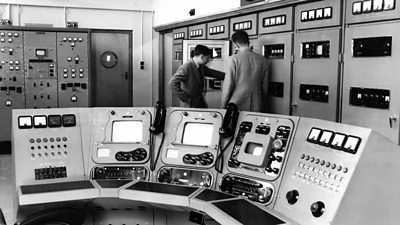
Television Arrives
and reached a bigger audience with the opening of a new transmitter at Divis in 1955.
Local television programmes were initially somewhat limited – reflecting the costs and technical difficulties involved. Output steadily increased, however, and began to include news programmes. New and cheaper technology, and the stimulus of competition from the newly established UTV in 1959, all helped to develop the range and ambition of ���˿���NI television.
began in the early 1960s (building on ���˿���NI's pioneering radio work in this area) and increasing use was made of outside broadcasts. There were controversies too, about the ���˿���'s role in reflecting, and exploring, community divisions.
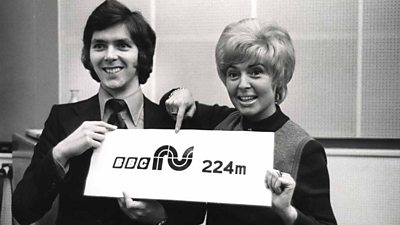
Troubling Times
The Troubles had a profound effect across Northern Ireland and on the ���˿��� itself. This period marked a transition in the ���˿���'s role in Northern Ireland, and its coverage of the conflict sometimes excited fierce audience and political reaction.
The grew to meet the demands of a and Broadcasting House (like many other city centre buildings) suffered from bomb damage.
Local services, meanwhile, were expanded with the launch of ���˿��� Radio Ulster in 1975 and ���˿��� Radio Foyle in 1979. Broadcasting House itself grew with the addition of an administration block in 1975 and a new suite of studio and editing facilities in 1984.
Other developments would include the arrival of digital television and radio, new accountability arrangements with the establishment of a local Broadcasting Council, and its later replacement by an Audience Council, the growth of online services, and ���˿��� Northern Ireland's increased network programming.
The exterior of Broadcasting House retained many of its original features, but its interior and the business of programme-making had been transformed. In the twenty-first century Broadcasting House remains a place of gathering and transformation, bringing everyday stories to everywhere.
-
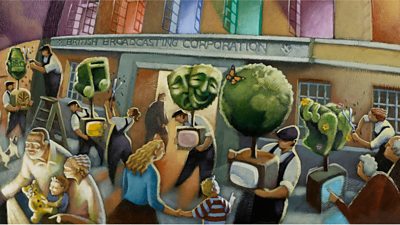
Our Story
The history of the ���˿��� in Northern Ireland -
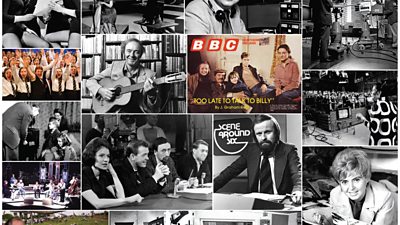
Exhibitions
Telling the stories of the story-tellers
